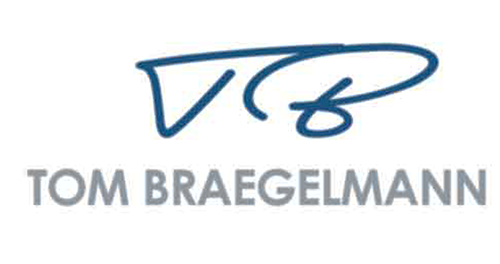Initial Review Of A Fix and Flip Funding Request

Five Key Numbers
Regardless of whether the potential project you are looking to fund is rehab or new construction, single family, multifamily or commercial, there are always five key numbers at a minimum that are needed to do the initial review. Without these numbers the rest of the information is secondary at best. These numbers are:
1) Purchase price (or current value if already owned)
2) Rehab or construction costs (this includes all costs to complete the project except purchase price)
3) Cash in by borrower (this is the amount the borrower will be putting into the project or already has put into the project)
4) Number of months (this is how long it is projected to take from the closing of the loan to the total loan payoff, which is usually at the time of sale or refinancing)
5) After repair or as-completed value (estimate sale price or appraised value upon completion)
Stages of Vetting
Once you have these numbers you can do a very basic initial evaluation of the project submission. The purpose of this first step is to determine if , based on the numbers the borrower provided, it pays to move on to the next stage of your vetting process. Next stages would include borrower qualifications, number verifications, valuations and inspections to name a few. Without these five key numbers however most any other work may be better spent elsewhere. Many times a borrower will send numerous files and attachments, sometimes 8 or 10 or more, thinking the more information they send the better chance they have of making the project work or qualify.
More is Better? Not Always.
The problem with this is that it takes so much time for you to go through the files to find these five key numbers that the tendency is for these to be moved to the bottom of the pile “for when there is more time”. This also may well be a sign that the borrowers themselves have not gone through the material thoroughly. If you don’t have a website where your borrowers can submit projects for funding a very effective alternative way to get them to submit their requests is to require they send you a one page summary that succinctly describes the entire project.
One Page Summary
In this summary ask them to include the who, what, when, where why and how of the project. And although the five key numbers would obviously be in a complete description be sure to have them included. Also, tell the borrower that even though you want a very thorough description you would like it to be on no more than one page. When I’ve used this approach I’ve also requested they not send any additional material until I have had a chance to review their submission. By doing this, it not only saves you time and effort, it requires the borrower to go through a thought process on the project that they may well not have done without this exercise.
Thinking Through The Process
And because this requires time and thought by the borrower it’s a good method of separating out the serious borrowers from the shoppers.
Until next time… Happy Lending!
Recommended Posts

#065: Environmentally Conscious Investing – Investing for More than Just the Financial Gains
January 11, 2019

#048: Are You Looking for Cash Flow from Rental Properties?
December 14, 2018

#063: Discipline Doesn’t Always Come Easy!
December 13, 2018
Comments
Comments are closed.

This is very helpful, especially with getting the preliminary information from the borrower and streamlining the process. I am using this initially and integrating the Deal Analyzer. Thank you for posting!
They will typically use a baanlce of the two. It is a total income, total debt calculation and they consider the weight of both your credit scores.That low credit score from the coborrower might hurt you more than you think.Sounds like you need to pay down some debt before pursuing your home equity loan. The cost of funds now vs. waiting might be better. Better credit scores get better rates.